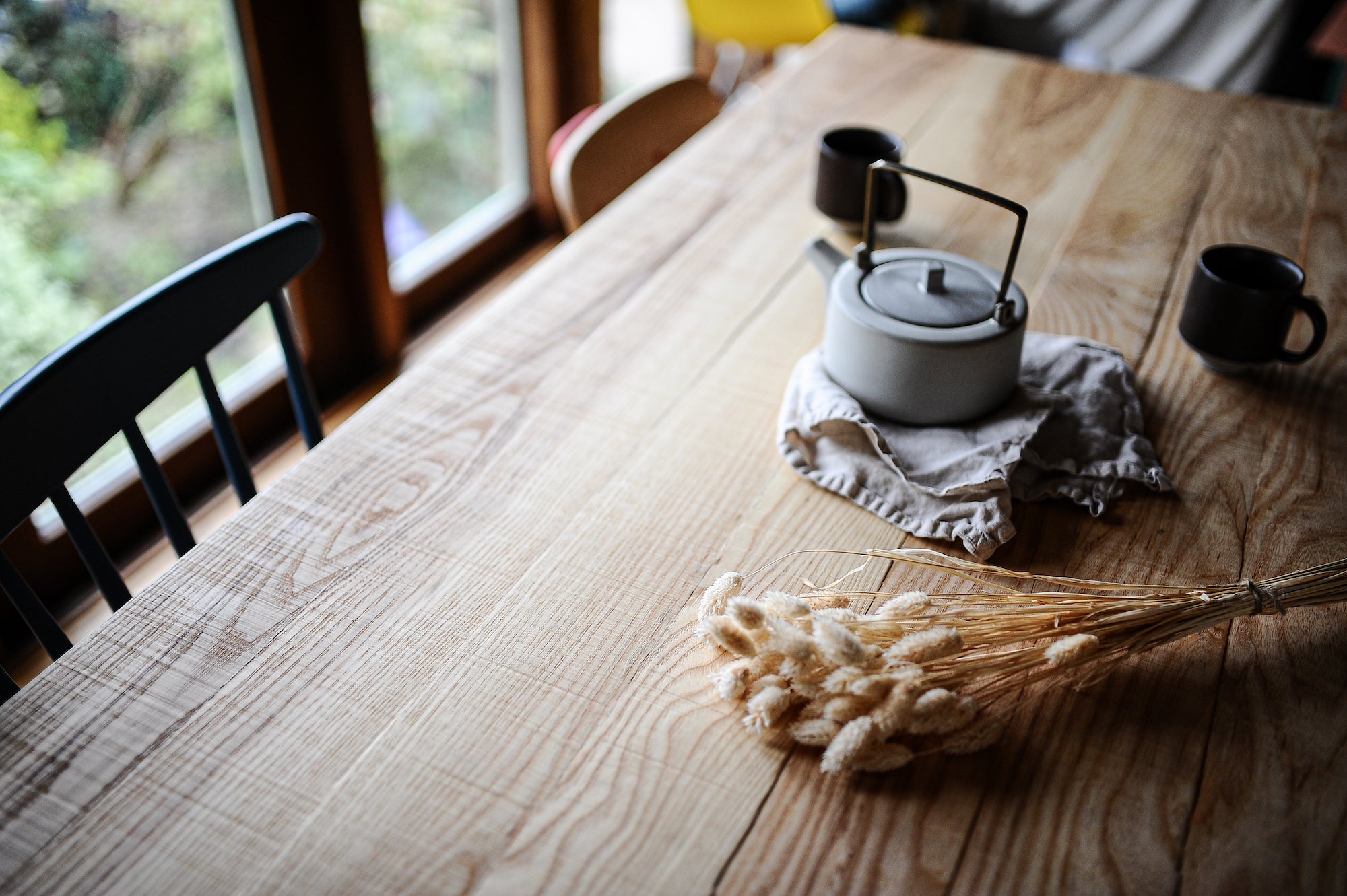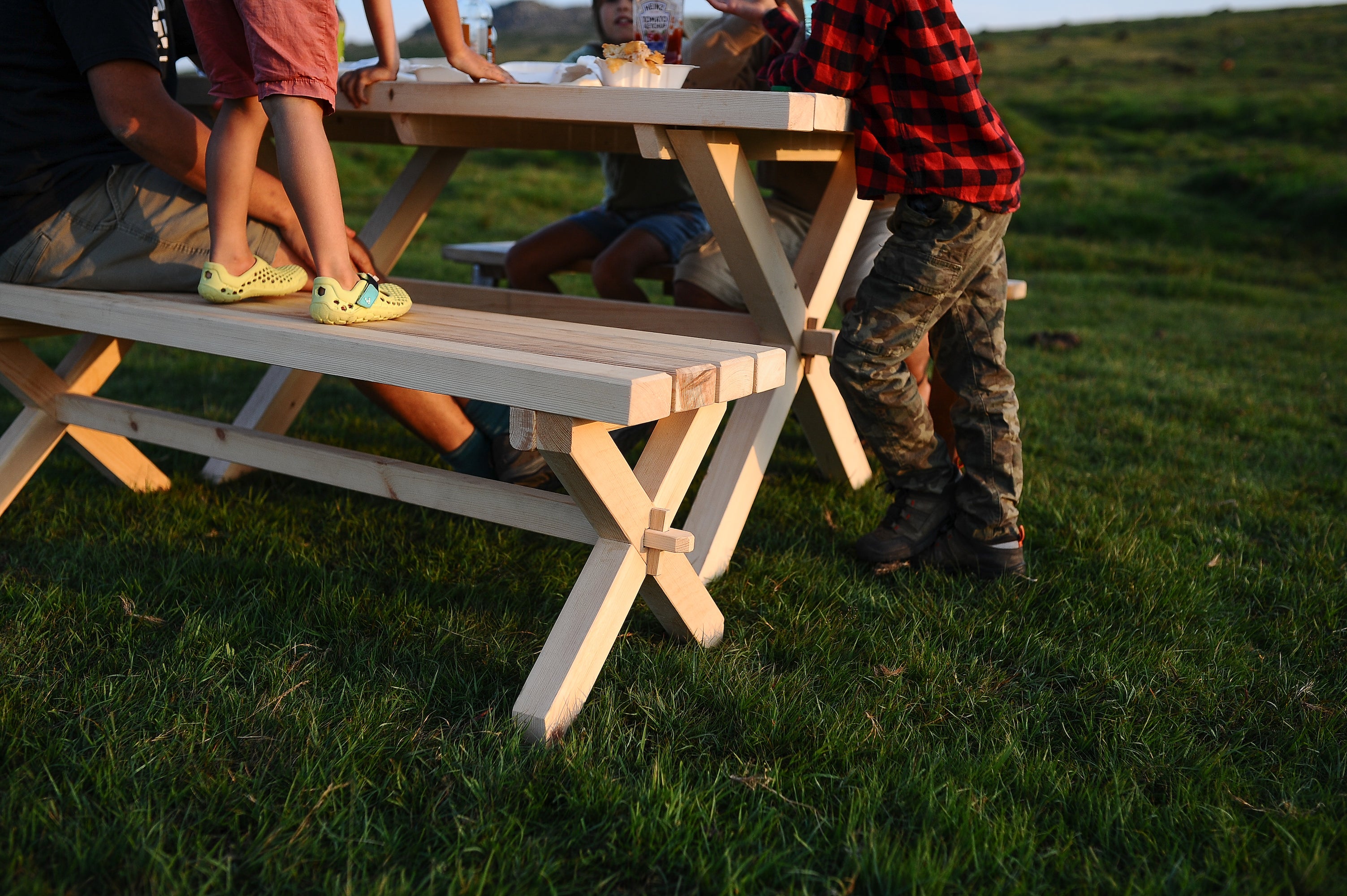
How to make sure your furniture matches: 5 steps
For this example, we're going to focus on matching the furniture in your living room, but the same principles would apply to any other room in your home. You can even apply them to your home as a whole by matching furniture between rooms.
Step 1. Simplify your existing spaceLike an artist starting a new painting, the best way to create your new furniture layout is with a blank canvas. In reality, you may already have items of furniture in the room you're looking to work on.
Your first step, then, is to decide which pieces must stay in the room, which you intend to remove and which you are undecided on.
The colours and design of your walls and floors will also constrain your choices, so if you currently have a room with a rich colour palette or intricate patterns (wallpaper, tiles, etc.) consider redecorating first. Plain surfaces and neutral or subtly coloured tones will give you maximum flexibility for matching your furniture.
Step 2. Start with your main furniture pieceMost rooms in the home have a single dominant piece of furniture that will inevitably command attention. For a living room, this is usually the sofa.
Before you think about matching a room's furniture, ask yourself if you are happy with the style of this main piece. If you're not, you are unlikely to want to match the rest of your furniture to it.
While it can be fun to create a cohesive blend of different styles of furniture, the focus of this article is on matching. Consider finding a replacement sofa (or bed, dining table, etc.). Choose a neutral colour to give you maximum flexibility.
If buying a new sofa is not an option, you will need to compensate using accessories and creative decor (see Step 5).
Step 3. Consider size, shape and proportionThe size and amount of furniture in your living room will affect how people experience the room.
If every piece is large and solid, the room can feel dark and oppressive. A well-proportioned living room will have two to three large pieces of furniture with the rest of the space given to medium and small items.
Be careful not to cram in too much furniture: this can leave a room feeling cluttered and disjointed, even if the pieces are perfectly matched.
Buying items that have a similar shape can help with furniture matching. A rectangular coffee table and record stand would match a standard sofa while circular and square designs might look better next to your armchairs.
Step 4. Matching styles and finishesWhen it comes to matching furniture, the style of each piece is more important than its size or shape. A sleek, ultra-modern sofa will combine well with a Scandi-style coffee table with elegant tapered legs. If you have a tweedy sofa with wood turned feet, a rustic, farmhouse style coffee table might be more of a match.
Sometimes, a change in leg style can be all that's needed to harmonise your furniture. Selecting hairpin legs over box steel can ensure your new coffee table enhances your vintage aesthetic rather than ruining it.
Choosing the right finish is also important when matching furniture. A bench finished in dark oak can grate the senses when placed beside a grey washed console table. For the ultimate match, consider buying unfinished wood furniture and applying your choice of finish to each.
Step 5. Tying everything together
Once you've achieved your basic furniture matching, you can finish things off nicely with some well-chosen fabrics, artwork and ornaments. If your walls, floors and upholstery are neutral, you will have a lot of flexibility with your colour palette. If there are dominant colours, you will need to use a colour wheel to find harmonious and accent colours.
Working with patterns can be challenging. If you are unable to perfectly match your tiles or wallpaper, try to avoid similar patterns as this can lead to clashes. Instead, you could look at echoing the theme with subtle touches (e.g. vases of flowers and flower-shaped doilies to complement a floral wallpaper).
Texture can also have a significant effect on furniture matching. For example, a combination of brass lampshades, iron hooks and a bare-brick fireplace would harmonise well with a reclaimed wood and steel industrial-style bench.
Source your matching furniture with 7MagokAll of our wooden furniture is handmade from either sustainable oak or reclaimed scaffolding board. From ultra-modern to farmhouse to industrial, we have pieces to suit most styles and tastes. Choose from a range of sizes and finishes or allow us to customise your furniture to match your room.



Leave a comment
This site is protected by hCaptcha and the hCaptcha Privacy Policy and Terms of Service apply.